Photos: The World's Largest Atom Smasher (LHC)
Higgs Boson
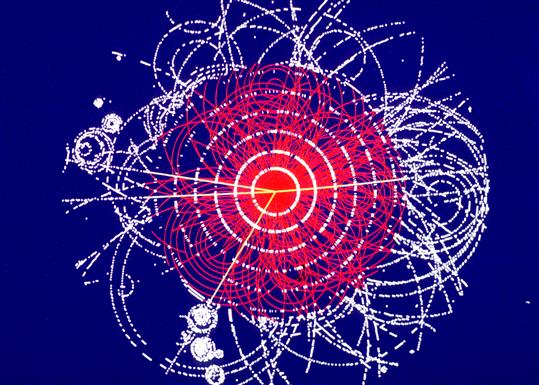
This track is an example of simulated data modelled for the ATLAS detector. The Higgs boson is produced in the collision of two protons at 14 TeV and quickly decays into four muons, a type of heavy electron that is not absorbed by the detector. The tracks of the muons are shown in yellow.
Heavy CMS

CMS weighs more than 12,000 tons.
LHC Beauty

Scientists on the accelerator's LHCb (or LHC Beauty) experiment stand in front of their detector, which searches for rare particle decay processes.
Technician in the Tunnel
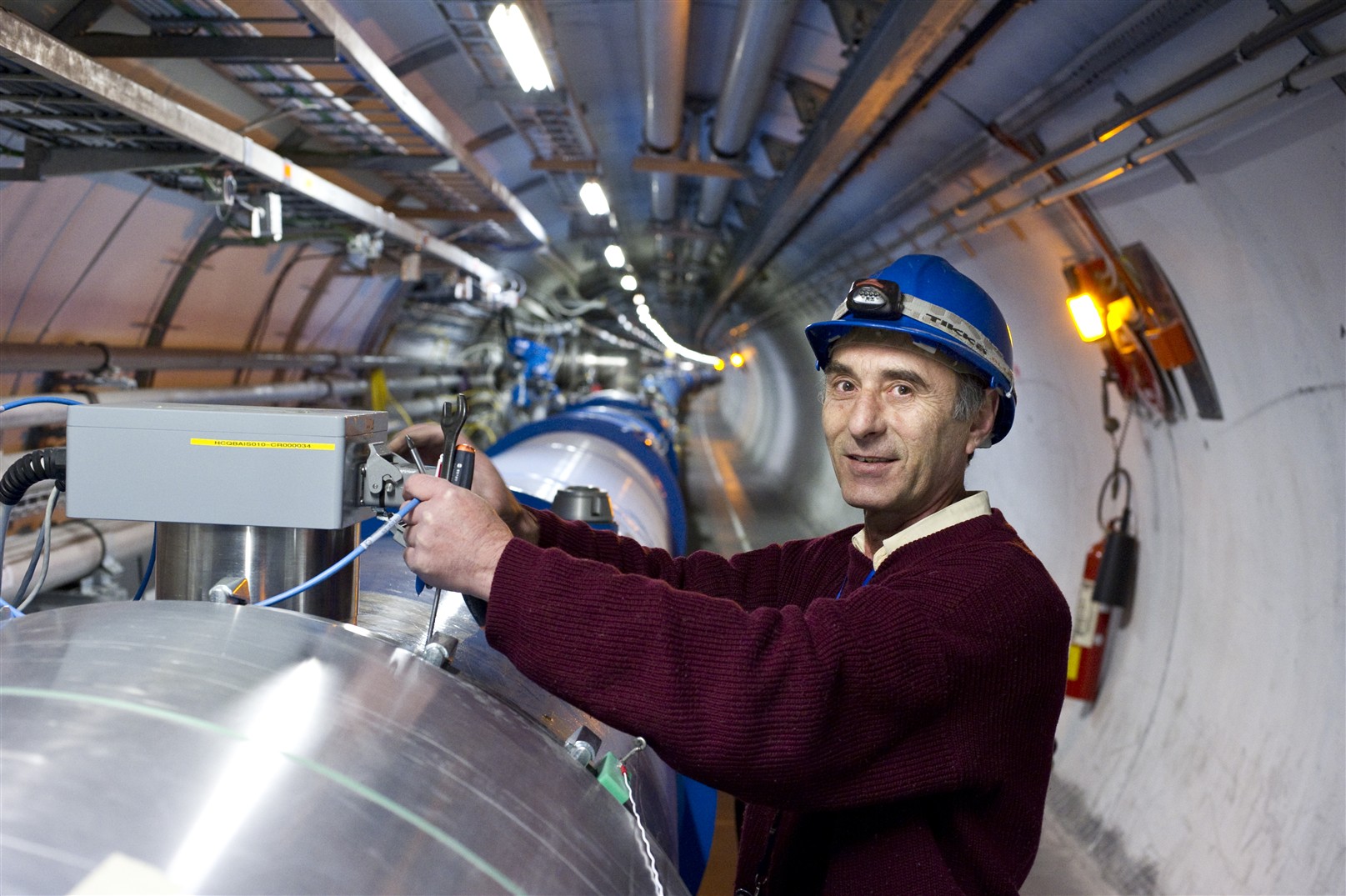
A technician works inside the LHC tunnel during the machine's construction.
17 Miles

The ring of the LHC extends 17 miles (27 kilometers) underneath Switzerland and France.
Ignition Halted
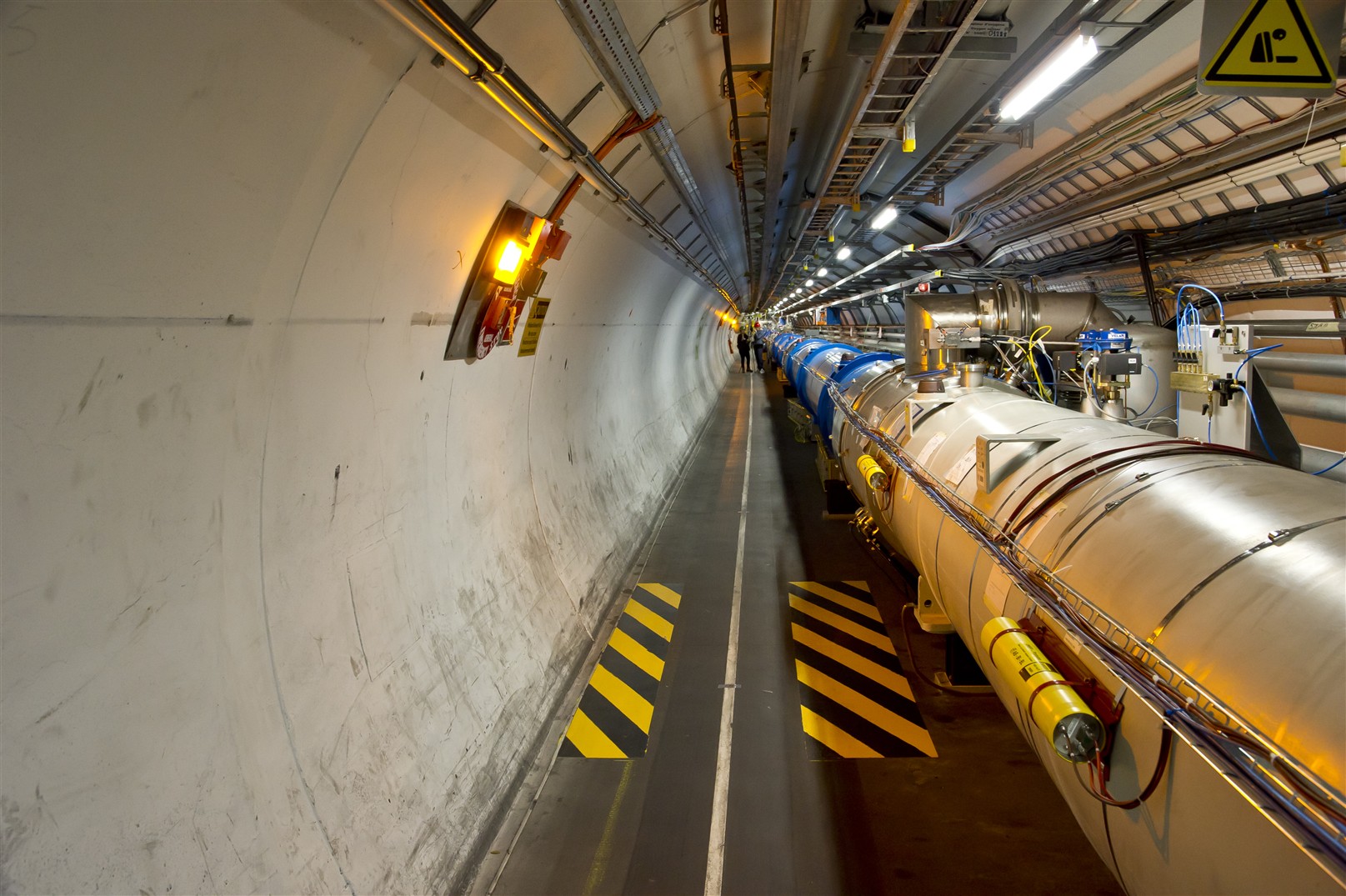
LHC first fired up in 2008, but went offline shortly thereafter when some of its giant magnets failed because of faulty connections.
Control Room
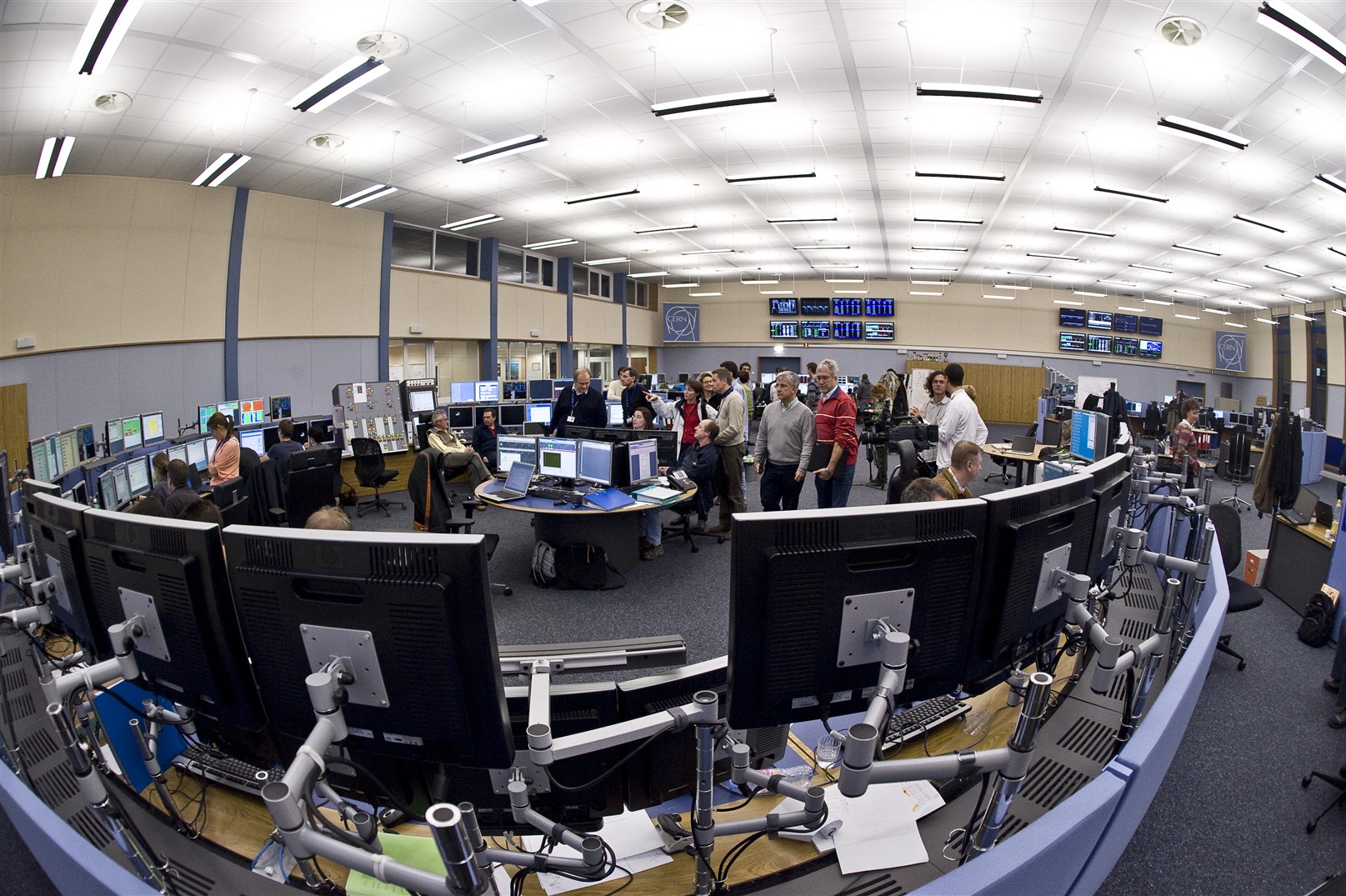
A fish-eye view of the LHC control room, where physicists watch particle collisions as they take place.
Get the world’s most fascinating discoveries delivered straight to your inbox.
Huge Collaboration
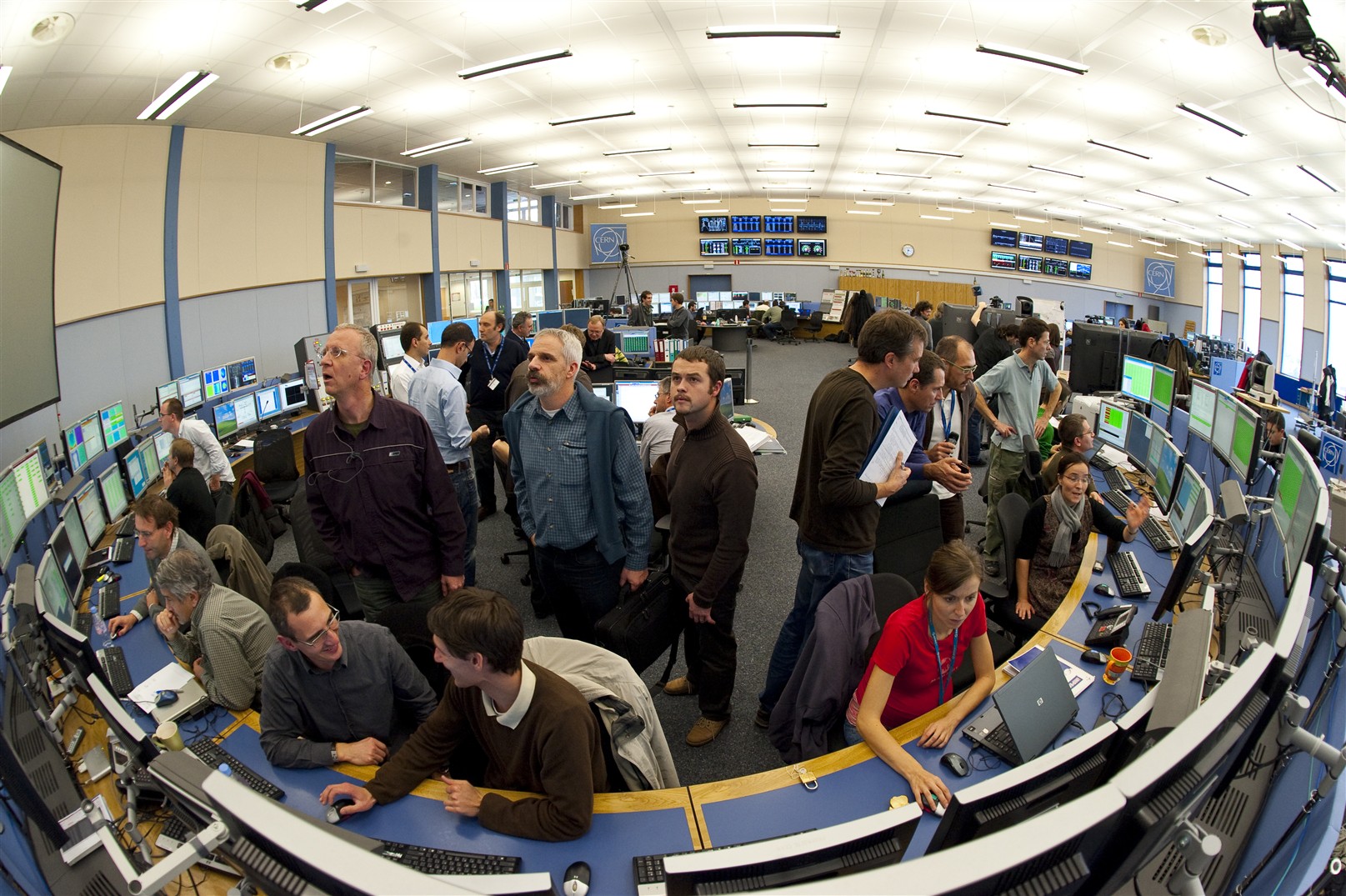
The LHC experiments include thousands of physicists from dozens of countries.
LHC's ALICE Experiment
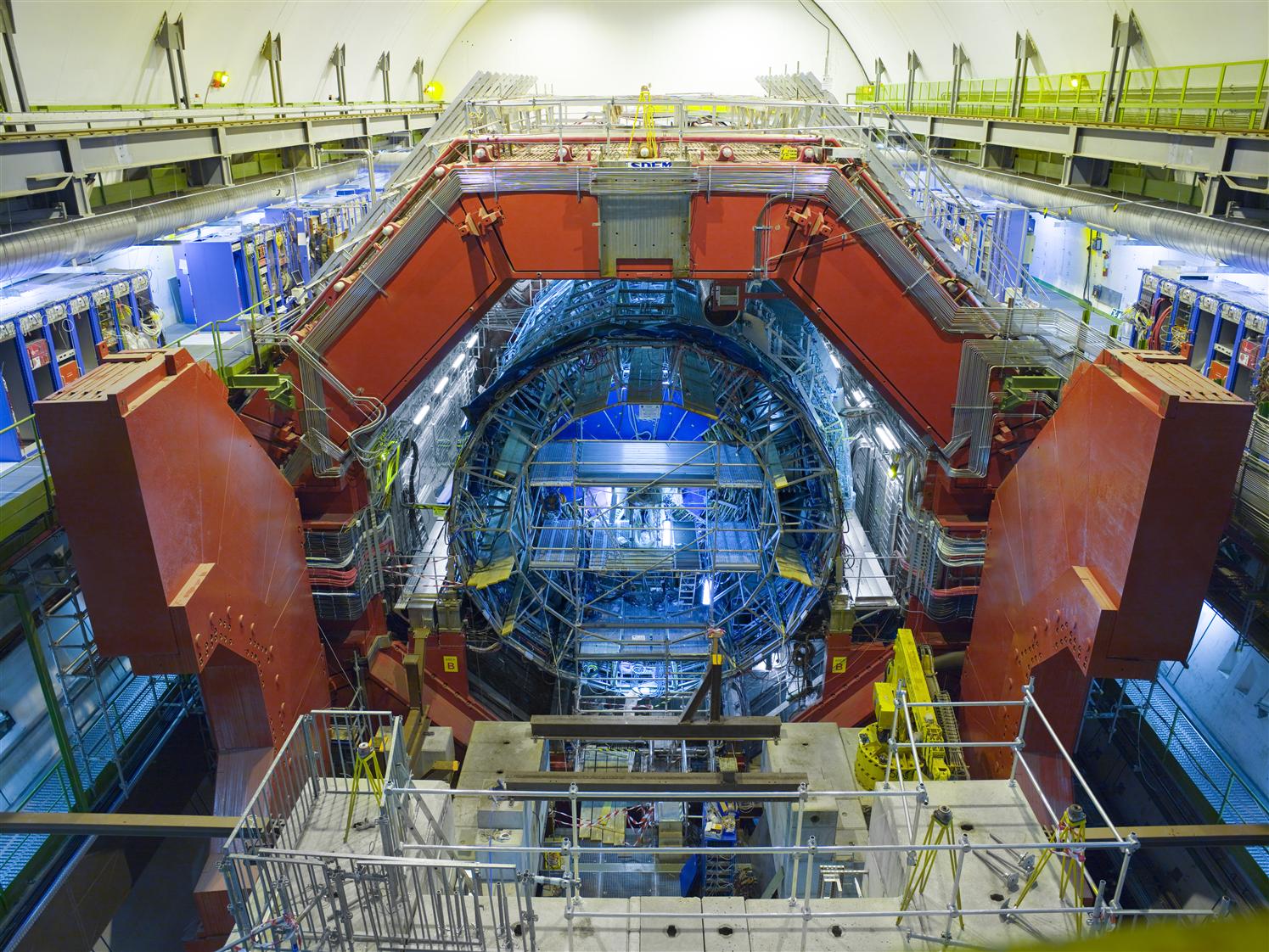
The ALICE experiment at the Large Hadron Collider studies heavy-ion collisions in search of a quark-gluon soup similar to the state of the early universe.
ALICE's Inner Tracker
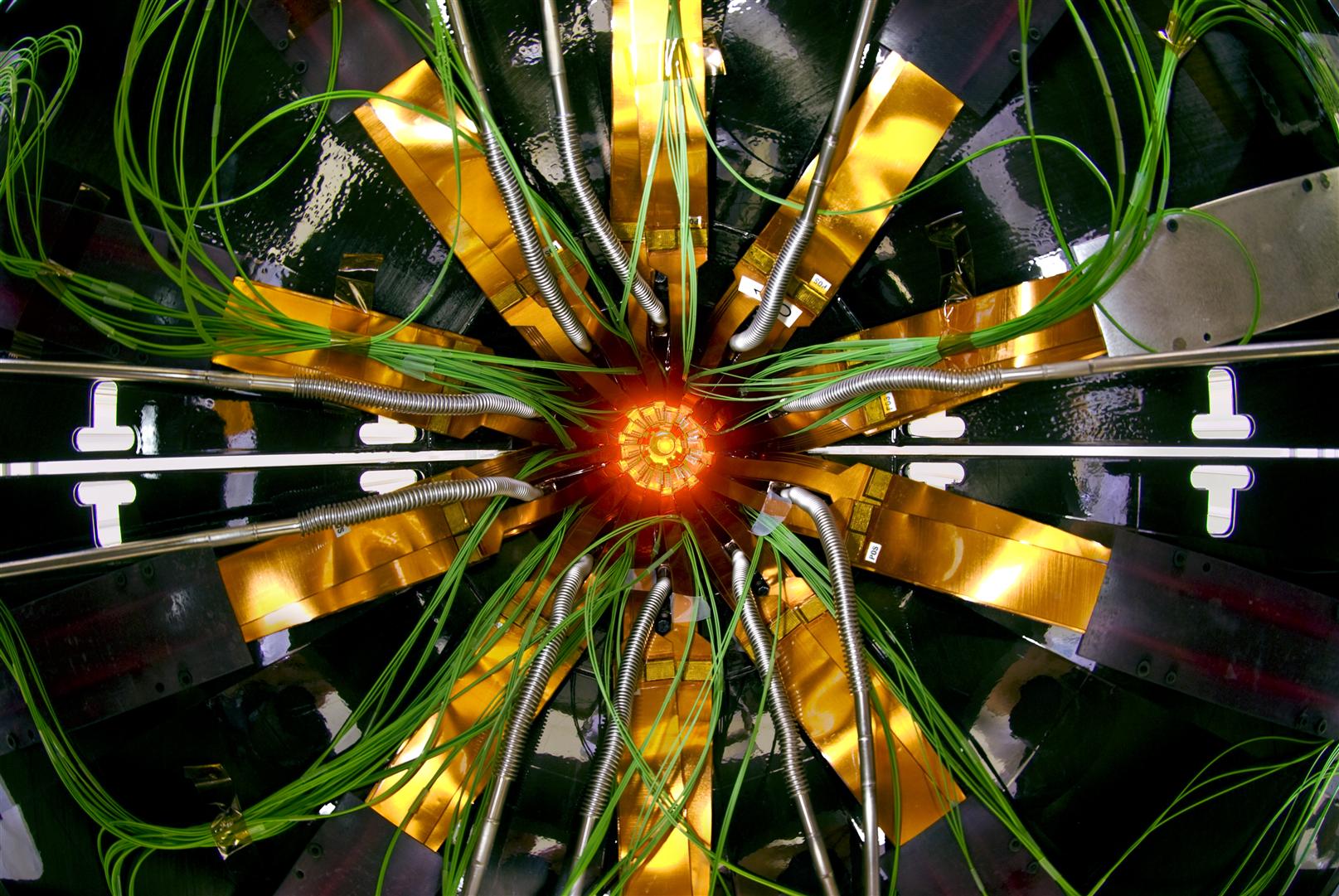
An interior shot of an element of ALICE called the inner tracker.



